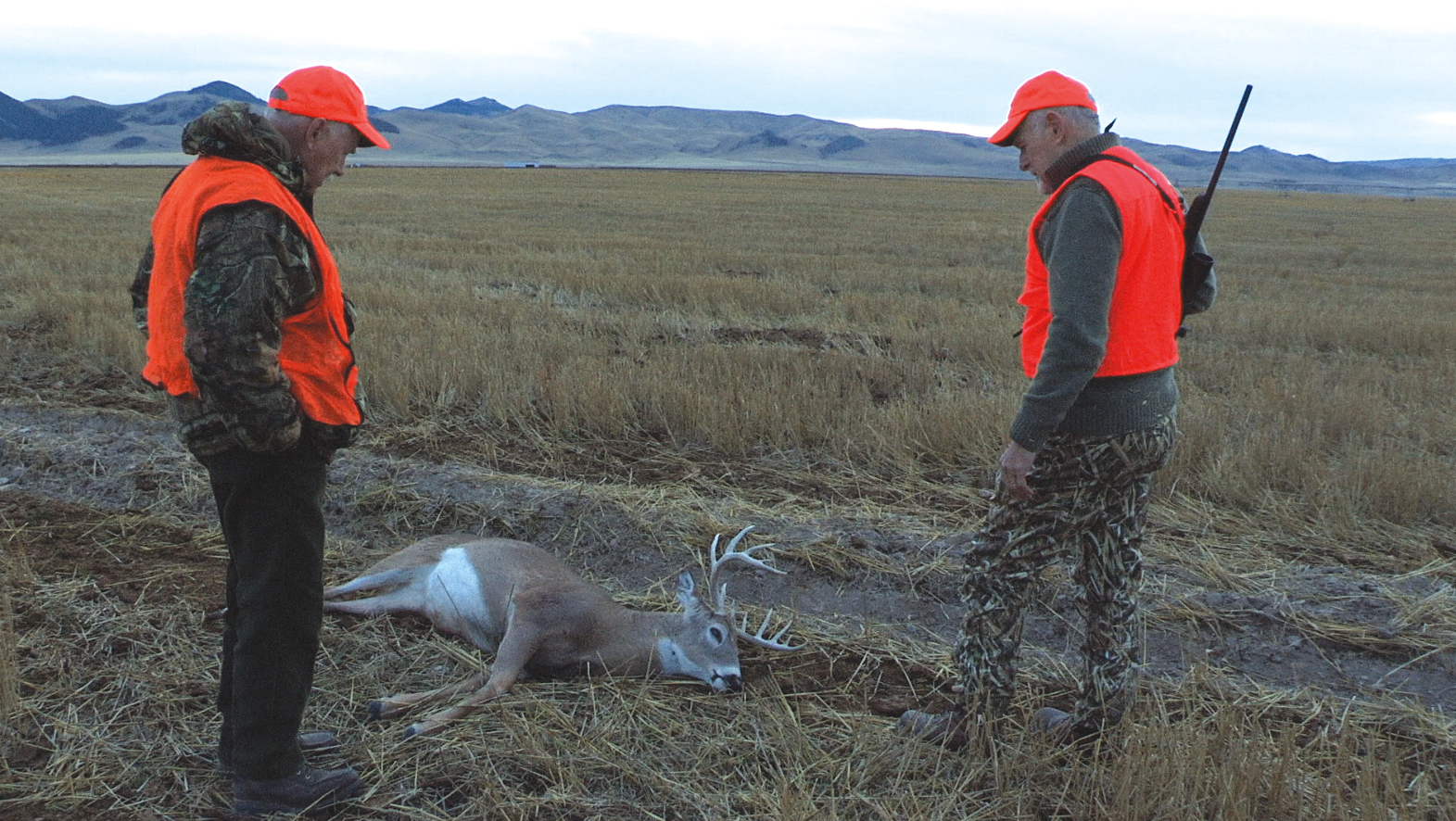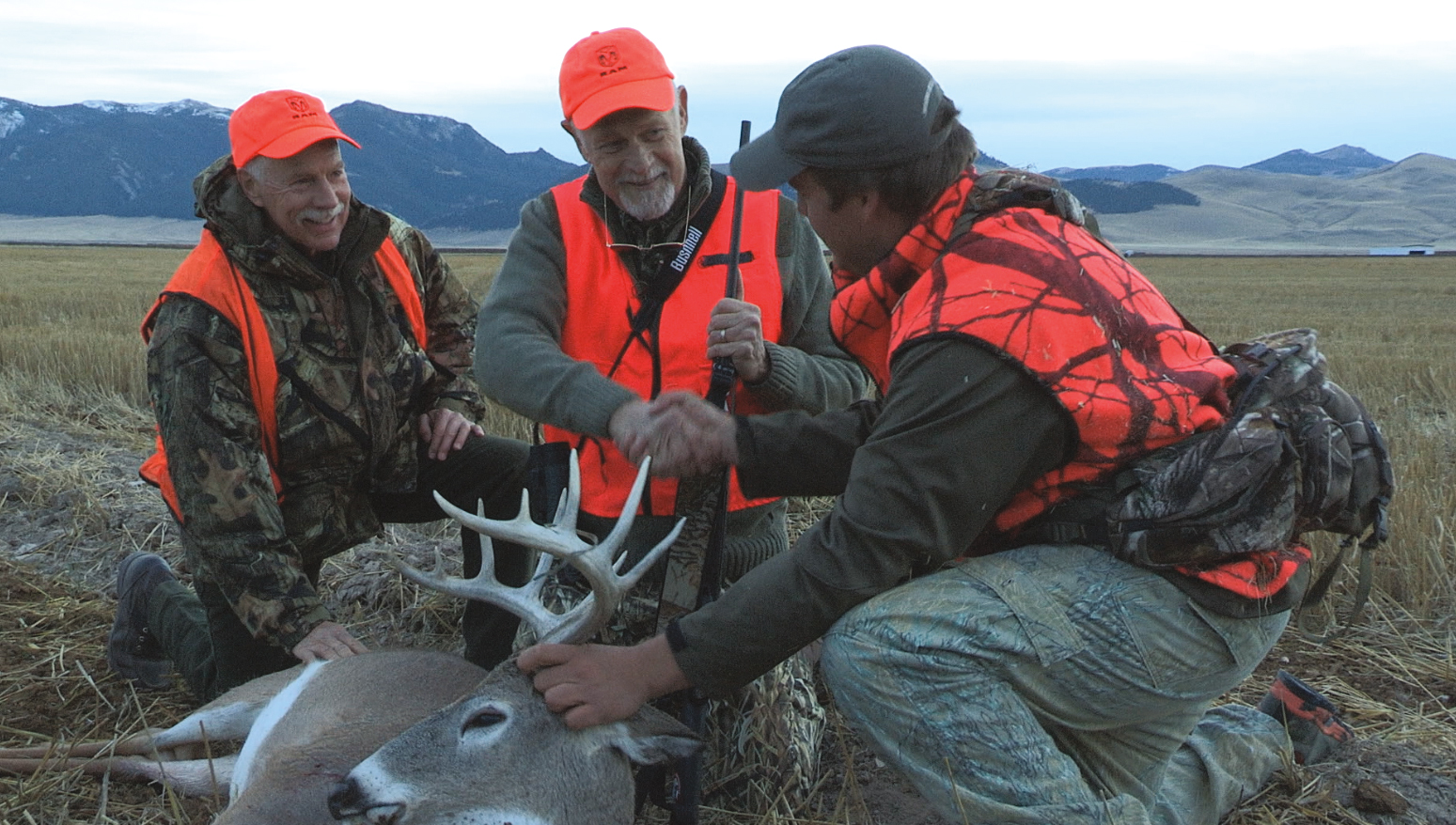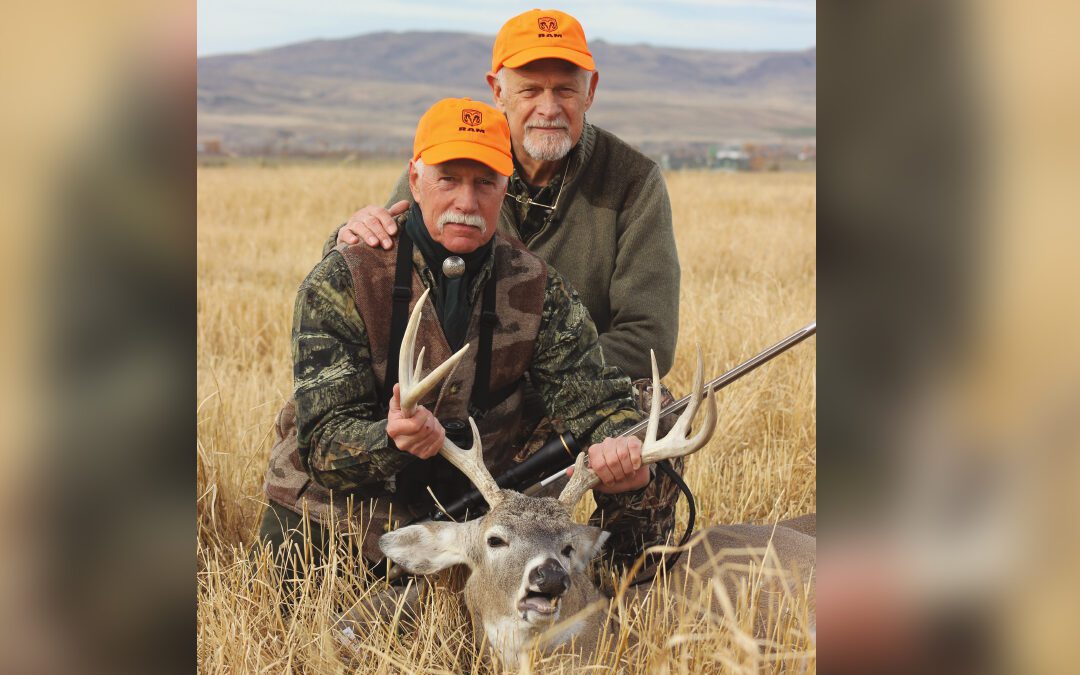I have hunted white-tailed deer for more than 40 years. I have hunted them in New Hampshire and Vermont, down through Virginia to Georgia, Mississippi, Alabama, and up the center of the country from Arkansas and Missouri to Nebraska and Wisconsin. I have hunted whitetails across wide swathes of Texas, Mexico, and Canada.
I even once made plans to hunt a subspecies (Odocoileus virginianus ustus) found only on the western slopes of the Andes, primarily in southern Ecuador, but the landowner informed me, at the last moment, that his ranch had been “appropriated” by a drug cartel, and I decided I could stagger on without a specimen of O. d. ustus.
I have still-hunted for whitetails; I have stalked them; I have hunted them from treestands; I have hunted them from blinds the size of a coffin; and I have hunted out of blinds larger and nicer than my first apartment in New York. In short, I thought I had pretty much done it all when it came to white-tailed deer.
But I have never before experienced anything quite like hunting good old North American whitetails (Odocoileus virginianus ochrourus) in the Beaverhead Valley of southwestern Montana.
My old friend Gerald McRaney (Simon & Simon, Major Dad, Promised Land, Deadwood, Jericho, House of Cards, and, most recently, Agent X, plus more besides on the big screen and small, as well as on Broadway and off-Broadway) and I used to hunt together almost every year for a long time, but life — Life — has a way of interrupting the best laid plans, and I hadn’t even seen him for almost a decade. He called me last summer to complain that we hadn’t hunted together and pointed out that neither of us was getting any younger.
Since he hosts the Ram Outdoorsman show for Orion Entertainment, I suggested he do something about it. He did, and in due course I found myself driving north to Montana to film an episode of Mackie’s outdoor show.
Chris Dorsey is co-founder and CEO of Orion Entertainment, and he kindly invited us to stay at his lodge on the Beaverhead River a little north of Dillon, Montana.
One of the programs Chris has created for Orion is The Ultimate Sportsman’s Lodge, and one of the first lodges they built for the show was his own: a modest little 7,000-square-foot wickiup on the banks of the Beaverhead. I have stayed in some beautiful lodges before — I’ve also paid my dues in mildewed wall tents and dilapidated, mice-ridden log cabins — but this was spectacular, a sort of Western American version of a baronial Scottish “shooting box.” It’s the kind of place where you don’t really care if you take a deer or not as long as you can come back to another one of those meals and another glass of single-malt whisky.
We did take deer, but it wasn’t at all what I expected. For starters, I had it in my head that we would be hunting mule deer in the mountains, so the first adjustment came when Chris told us we’d be hunting whitetails, not mulies.

According to the Mule Deer Foundation, the Rocky Mountain mule deer is the only Western big game species that’s decreasing in numbers. Why they are declining is a matter of much research and speculation, but what is not open to speculation is that whitetails are happily filling the gap left by the vanishing mulies, and in such places as the Beaverhead Valley, where agriculture provides unlimited browse, whitetail numbers have skyrocketed.
What was even more unexpected was where the deer were, and how we hunted them.
Our outfitter was Bill Kemph of Montana Bucks and Ducks. Bill has many ranches and countless square miles in the Beaverhead Valley under lease, and he took us to the Schuett Ranch.
When you watch the Kentucky Derby, you are watching horses fed on hay grown and harvested at the Schuett Ranch. The ranch consists of thousands upon thousands of acres of table-level land under irrigation, and after the fall harvest, finding deer in that open landscape is about as difficult as finding sunbathers on Coney Island on the Fourth of July.
And that was the first adjustment: whitetails are masters of concealment, using ridiculously small pockets of cover to hide. I am used to hunting them in heavily wooded or brushy landscapes where they vanish with the stealth of Special Forces. I had never before encountered whitetails that used space for protection, standing in the open and watching the truck as we drove by, secure with half a mile or more of nothing between them and us.
And I mean literally nothing, other than stubble. Blade Schuett, the son in the father-son operation, drove us around in a traditional African safari drive-glass-stalk hunting method, and like Africa, it was a case of seeing far more animals than you could possibly count. On one end of the ranch was a herd of what Blade estimated to be about 1,500 elk, driven by wolves down to the safety of wide open spaces. Every field had deer by the hundreds, like herd after herd of impala or wildebeest, and no harder to find.

Because the deer congregated in many small herds, rather than one large one, it was more difficult to accurately estimate numbers. Blade guessed there were 1,500 whitetails on the 6,000 acres where we hunted. That works out to roughly 150 deer per square mile, about ten times the traditionally accepted number in ideal habitat. And all of them standing around with no more cover than you have on your dining table.
Of course, finding them and getting close enough to do anything about it are two different matters.
For a while we stood in a blind made of hay bales (the best-smelling blind I have ever been in) watching more than a hundred deer in one direction and twice that many in the other. Unfortunately, the buck we wanted was at least 400 yards out and in pursuit of a Sports Illustrated Swimsuit Edition doe; he never once stopped moving. I was reluctant to take the shot, so we got back in the truck and drove on.
In retrospect, it was a good thing I opted not to shoot, because when I finally did, I made a rookie mistake.
Blade spotted a good buck lying down so far out I could barely see him even through binoculars. We drove on to the edge of the ranch, then hiked down a dry irrigation ditch, every now and then clambering up the bank and cautiously poking our heads up to glass and hike on again. When we finally got as close as we dared, we climbed out of the ditch and crawled on all fours in single file, using every tuft of stubble we could find, while trying our best to look like Holsteins.
When we finally got within about 300 yards, Blade stopped, I set up my BOG sticks, and the buck got up and began to walk, not quickly, quartering away from us. Not an easy shot, but not unduly difficult.
When you study defensive shooting, one of the things instructors emphasize is recreating as closely as possible the exact conditions you will encounter if — God forbid — you ever have to use a sidearm defensively. So if you live in a cold climate, for example, and routinely carry your gun under your winter clothing, you better practice getting that clothing open and out of the way so you don’t have to think about how to do it under stress.
I was shooting a Weatherby Terramark in .270 Winchester. It is one of the “Range Certified” models out of their custom shop, dazzlingly accurate, and I knew to a nicety precisely where I could expect a Hornady 140-grain SST to go out to 400 yards. No problem.
But I live in the southern Sierras where on cold winter days the thermometer plunges into the 40s, and we hadn’t had any cold at all in my neck of the woods. At the range I had shot the rifle at different distances and from different positions, using the BOG sticks standing, kneeling, and sitting, shooting prone, trying to imitate all the possible circumstances of the hunt. Except the Montana cold. I had forgotten about that.
The Terramark comes from the factory with a trigger set at (according to Weatherby specs) 3 ½ pounds, with a clean, crisp break that allows for very precise shooting. (According to my measurements, the weight of my trigger was 3 1/3 pounds, but that might very well be the scale, and I couldn’t tell the difference in any case.) So when I put the crosshairs (a Leupold VX-III 4.5-14X40mm Long Range) on the buck, I knew exactly where the bullet would go.
But I forgot to take my gloves off. The weight of trigger pull feels very different with gloves, so as I swung along to compensate for his walk, I shot too soon.
It wasn’t drastic, but I don’t like wounding animals, and we had to wait for him to stiffen up enough for us to get into position for a second shot. But the moral is, if you’re going to be hunting with gloves on, practice with gloves on.
Mackie did better than I, shooting from a blind the next evening and dropping an absolutely symmetrical buck that looked as if he had been computer generated for photographic purposes. And it was while we were standing around taking photographs and insulting each other for the Ram Outdoors videographer that Mackie’s cell phone rang.
It was his agent, informing him that he had just gotten a starring role in yet another series, Agent X, starring Sharon Stone, James Earl Jones, and Jeff Hephner. So there was Mackie, surrounded by the unbelievable beauty of the Montana landscape, hosting his outdoor show, with a trophy at his feet, and his agent congratulating him on a new job, and all of us laughing and pounding him on the back.
Not a bad way to end a hunt with an old friend.

